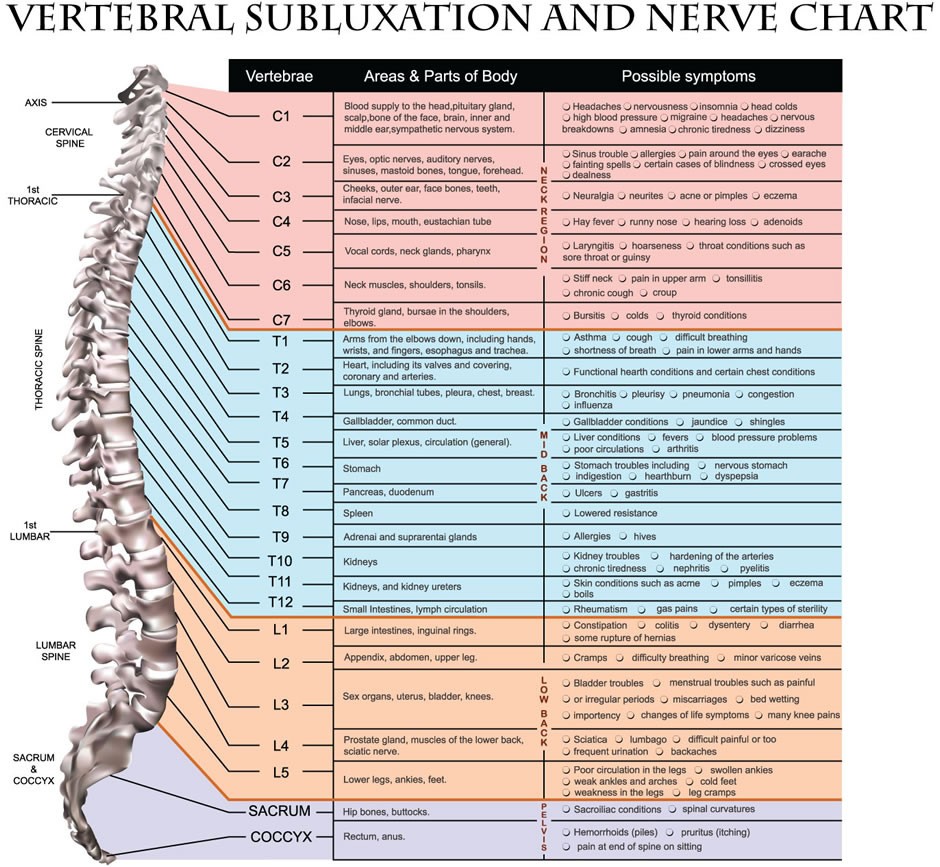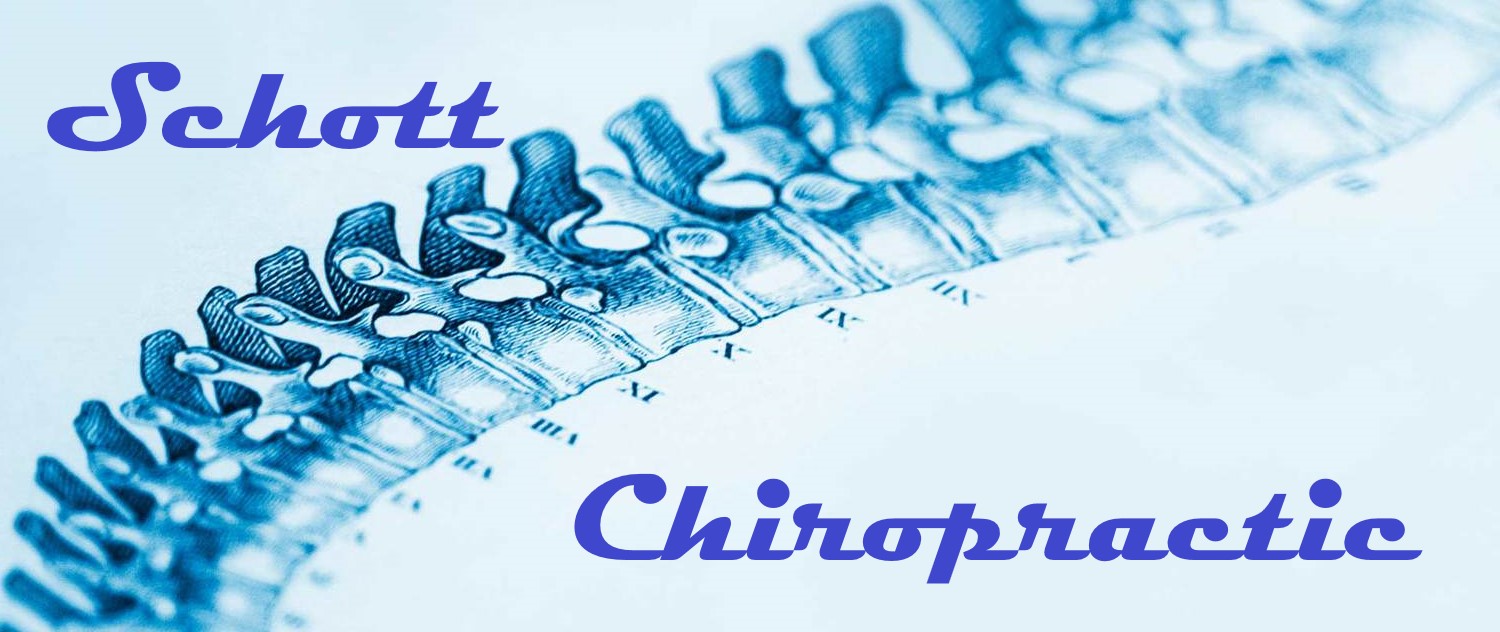When chiropractic first made it’s appearance through the fateful treatment of a janitor in 1895 by David Daniel (D.D.) Palmer, it was during a time of increasing scientific epistemology but still trapped by holistic spiritualism. Palmer was a man of his time who like many others were interested in healing and spiritualism of the 19th century. After the initial chiropractic adjustment to cure a man’s hearing. It is unclear what had happened eactly on the fateful day, some saying that the adjustment was given in the thoracic region despite most thinking it must have been the cervical region. The man’s wife claimed that despite what occurred between him and Palmer, that her husband had never been deaf to begin with. It was this event that set the stage for the entire chiropractic profession.
During the first half to mid-century of the 1900s, chiropractic saw a hardened effort to become accepted as an legitimate form of therapy. However, persecution of chiropractors was not uncommon with many thrown in jail for “practicing medicine without a license.” This happened for a couple reasons, mainly the American Medical Association at the time sought to make itself the only authority on health-care in the United States. Another reason, which is probably due partially to the chiropractic profession itself, is that many of the population has viewed chiropractors in general as strange and believing strange things. Even to this day, chiropractors are often associated with spiritualism, occult, and associated pseudo-science. This is something many in the profession are trying to combat and rid the profession of in order to aid it’s acceptability within the healthcare and scientific fields.
In order to combat the persecution, chiropractors of the time including the founder’s son, B.J. Palmer decided to say that chiropractors do not treat the “dis-ease” of the patient but rather it’s cause, a subluxation in the spine that inhibits nerve flow to a specific area causing the symptoms and possible disease that the patient is experiencing. There was even a chart made for it that continues to be shown in chiropractic offices all over the world, it is known as the Vertemeric or Meric Chart.

After all of the persecution had occurred by throwing chiropractors in jail, the term subluxation served two purposes. The first and obvious purpose was to use at a way to describe what chiropractors will focus on to help their patients. The second and probably more important at the time, was the legal use of the term since we cannot be charged with practicing “medicine without a license” if we are not treating a medical disease but the alleged root cause of the disease. It was a lingual work around to allow chiropractors to escape possible destruction of their profession in the short-term, but it also became the very thing that held it back even to this day. Subluxation became a double-edged sword that left too many people cut and bleeding.
So, what do chiropractors treat? Well, that will obviously depend on which chiropractor you ask. For me, I like to say that I treat movement dysfunction that leads to pain, discomfort, and stiffness that could be related a variety of neuro-endocrine reactions. While there’s no evidence that we are affecting specific organs with specific adjustments to a vertebrae like the Meric Chart would suggest, we can affect the autonomic nervous system. In a study on blood pressure and heart rate variability following cervical manipulative therapy (neck adjustments) it was reported to have an effect on the parasympathetic nervous system:
Upper cervical SMT enhances dominance of parasympathetic and lower cervical SMT enhances dominance of sympathetic activity in this young volunteer group. However, dominance of parasympathetic activity was found in patients with neck pain that received both upper and lower cervical SMT.
https://www.ncbi.nlm.nih.gov/pmc/articles/PMC4371115/
Another study points to it’s effects regarding neuromuscular efficiency improvements and improving both strength and endurance of muscle tissue by stopping what is called a central segmental motor control (CSMC) problem. A CSMC could be what previous chiropractic generations would have referred to as a subluxation:
The literature suggests physical injury, pain, inflammation, and acute or chronic physiological or psychological stress can alter the vertebral column’s central neural motor control, leading to a CSMC problem….Spinal adjustments of CSMC problems impact motor control in a variety of ways. These include increasing muscle force and preventing fatigue. These changes in neuromuscular function most likely occur due to changes in supraspinal excitability.
https://www.ncbi.nlm.nih.gov/pmc/articles/PMC8416873/

Therefore, I like to think of chiropractic as a means to correcting movement dysfunction on a neuromusculoskeletal level or that which affects the nerves, muscles, and joints that could include manipulative therapy, corrective exercise, and adjunct therapy such as electrical stimulation, heat, and cryotherapy and so on. The idea that we could affect other aspects of the body is not impossible, nor is it implausible, but we need the evidence for it. The more time passes, and the less we focus on the politics health-care modalities, we can then begin to focus what is the best approach for a patient’s care.

Thank you for this insightful article that effectively outlines the common conditions chiropractors treat, helping readers better understand the diverse and valuable role of chiropractic care in healthcare.
LikeLike